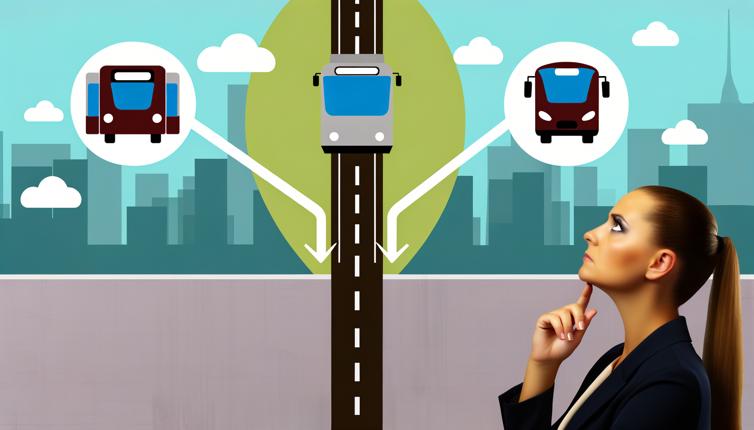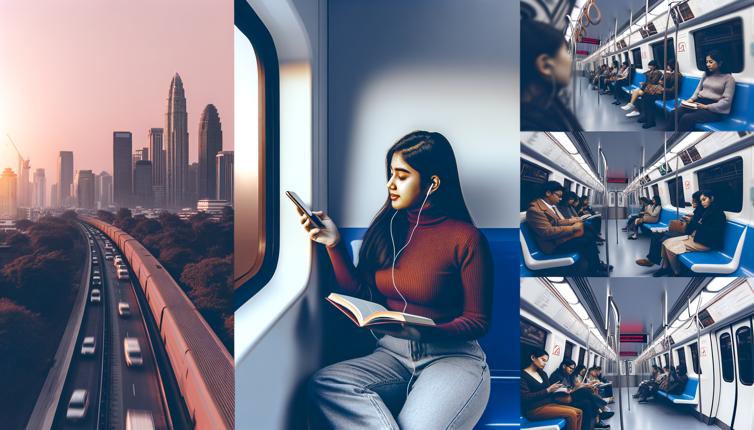Buses
Buses are a common mode of public transportation in many cities. They offer a wide coverage area and frequently run on schedule. Here are some key advantages and disadvantages of taking the bus:,-,Advantages:,1. Affordable: Buses generally have lower fares compared to trains and ridesharing services.,2. Accessibility: Buses usually have multiple stops along their routes, making it easy to access different parts of the city.,3. Flexibility: Buses often have flexible schedules, running early in the morning and late at night.,-,Disadvantages:,1. Potential for delays: Buses can be affected by traffic congestion, leading to delays.,2. Crowded during peak hours: Buses can be overcrowded during rush hours, resulting in discomfort for passengers.,3. Limited amenities: Buses may not have the same amenities as trains, such as bathrooms or Wi-Fi.
Trains
Trains are a popular choice for public transportation, especially for longer distances. They offer a smooth and comfortable ride. Here are some advantages and disadvantages of taking the train:,-,Advantages:,1. Speed: Trains are generally faster than buses, especially for intercity travel.,2. Comfort: Trains often provide ample seating space, air conditioning, and amenities like Wi-Fi and bathrooms.,3. Reliability: Trains are usually more reliable and punctual compared to buses.,-,Disadvantages:,1. Limited coverage area: Trains may have limited routes and may not be available in all areas.,2. Higher fares: Train tickets are usually more expensive compared to bus fares.,3. Less flexibility: Trains run on fixed schedules and may not offer as many options as buses.
Ridesharing
Ridesharing services, such as Uber and Lyft, have gained popularity in recent years. They offer the convenience of door-to-door transportation. Here are some advantages and disadvantages of ridesharing:,-,Advantages:,1. Convenience: Ridesharing allows you to request a ride from your current location and get dropped off at your destination.,2. Flexibility: Ridesharing services are available 24/7, providing flexibility for travel anytime.,3. No need for parking: With ridesharing, you don't have to worry about finding parking or paying for it.,-,Disadvantages:,1. Cost: Ridesharing can be more expensive compared to buses and trains, especially during peak hours or in high-demand areas.,2. Surge pricing: Ridesharing services may implement surge pricing during times of high demand, resulting in higher fares.,3. Dependency on drivers: Ridesharing relies on the availability and reliability of drivers, which may vary.
Conclusion
When choosing between buses, trains, and ridesharing services, consider factors such as cost, convenience, and your specific travel needs. Buses are often the most affordable option, while trains offer speed and comfort for longer distances. Ridesharing services provide convenience and flexibility, but can be more expensive. Ultimately, the right choice depends on your personal preferences and the specific circumstances of your journey.








